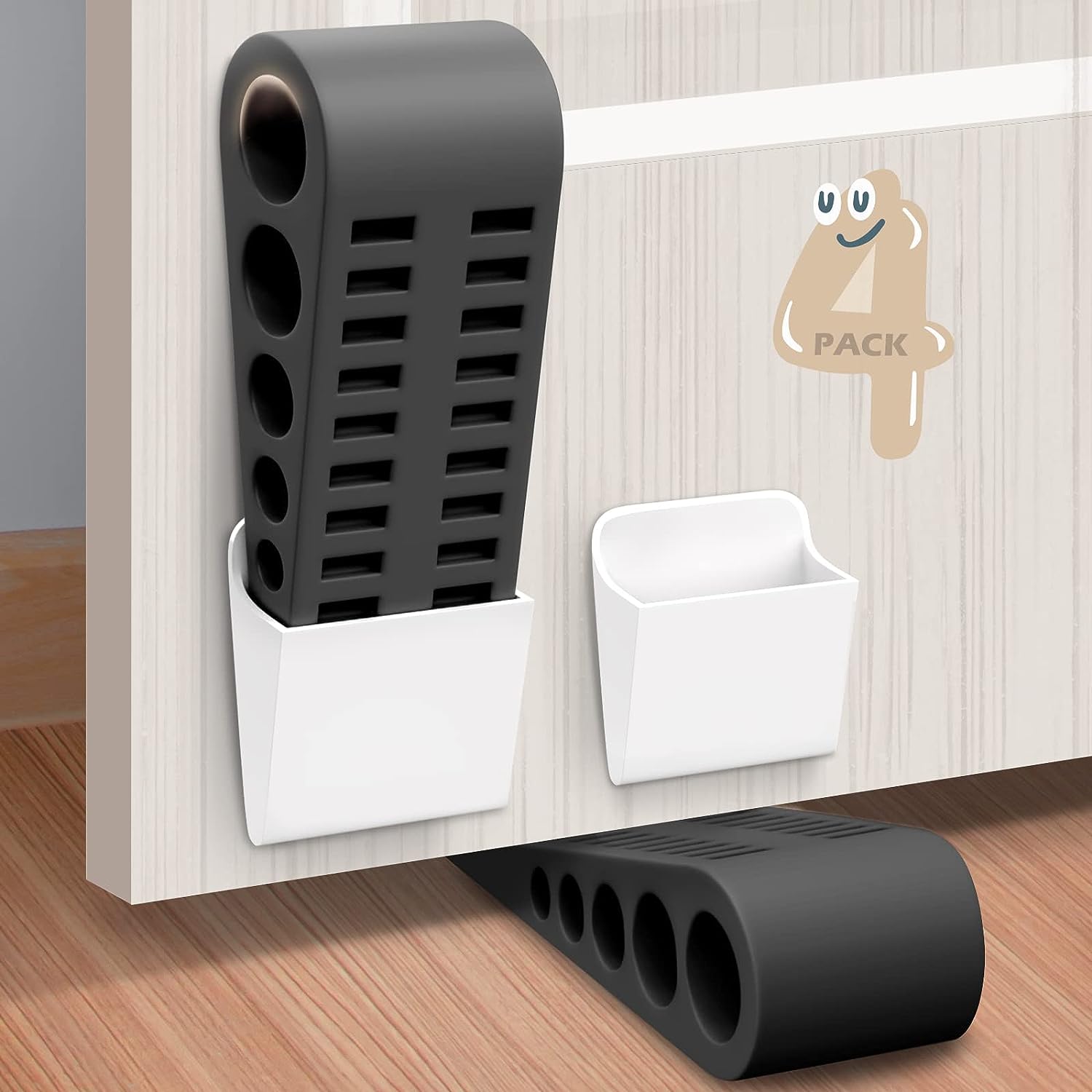A door stopper is a simple yet creative tool that serves a crucial run in our daily lives. It prevents doors from swinging unfold or shutting shut, providing convenience, safety, and security. In this article, we wish delve into the inner workings of a door stopper, exploring its mechanisms, materials, and the science behind its functionality.

Mechanical Door Stoppers
Mechanical undefined stoppers are the greenest type and bank on physical mechanisms to hold doors in place. 1 of the most prevalent designs is the wedge door stopper. It is typically made from rubber or other soft materials and has a triangular shape. When placed at the base of the door, the squeeze stopper creates friction between the door and the floor, effectively preventing it from closing or opening fully. The angle and material of the wedge determine the grip effectiveness and stability of the undefined stopper.
Magnetized Door Stoppers
Magnetic door stoppers are a more advanced and coeval design that utilizes the power of magnets. These stoppers consist of two components: a magnet attached to the door and a metal scale fixed to the floor or wall. When the door is opened, the magnet connects with the metal plate, creating a magnetized squeeze that holds the door in place. This type of door stopper is often old in commercial settings or areas where a door needs to stay on open for an extended period.
Hydraulic Door Stoppers
Hydraulic door stoppers operate on the rule of fluid dynamics. They consist of an undefined filled with hydraulic fluid, a piston, and a spring. When the door is open or closed, the plunger inside the cylinder moves in reply to the force exerted. The hydraulic fluid acts as a resistance, dampening the movement of the door and preventing it from slamming shut or vacillation open excessively forcefully. The adjustable jump allows users to control the resistance level, tailoring it to their specific needs.
Physical Science Door Stoppers
Electronic door stoppers are a more advanced and intellectual option. They apply sensors and physical science components to detect door movement and halt its motion. These stoppers often sport proximity sensors that can detect when a someone approaches or leaves the door. in one case triggered, the electronic door stopper engages a locking mechanics or applies resistance to prevent the door from closing or swinging open. This typewrite of undefined stopple is commonly used in high-security areas or automated systems where precise control is required.
Door stoppers may look like simple tools, but they employ a variety of mechanisms to perform their crucial task. Whether it’s the basic wedge design relying on friction, the magnetic force of magnetic stoppers, the changeable dynamics of hydraulic stoppers, or the advanced electronic systems, each type of door stopper serves its resolve in preventing unwanted undefined movements. By understanding the internal workings of these stoppers, we tin appreciate the engineering behind their functionality and make enlightened choices when selecting the right undefined stopper for our specific needs.